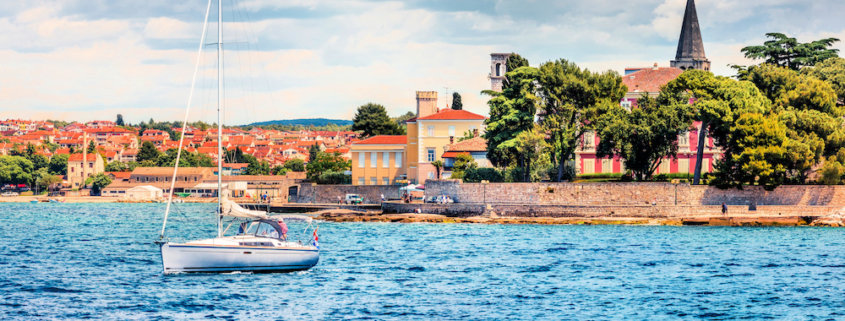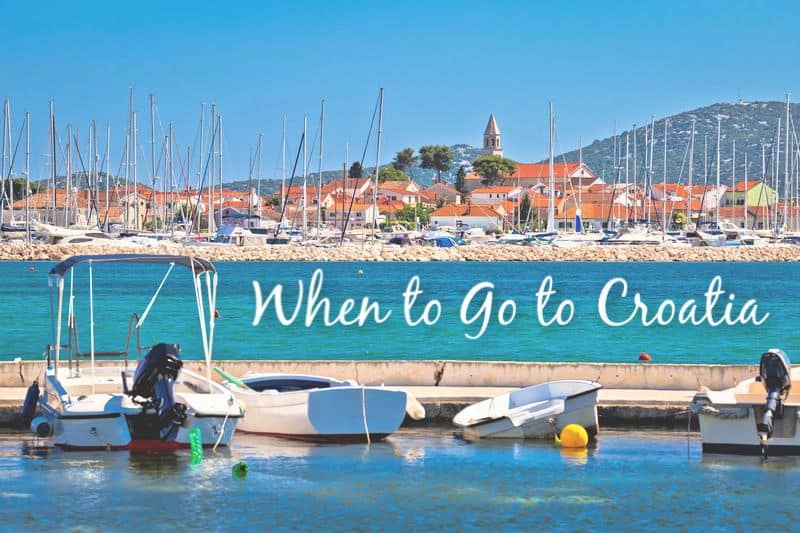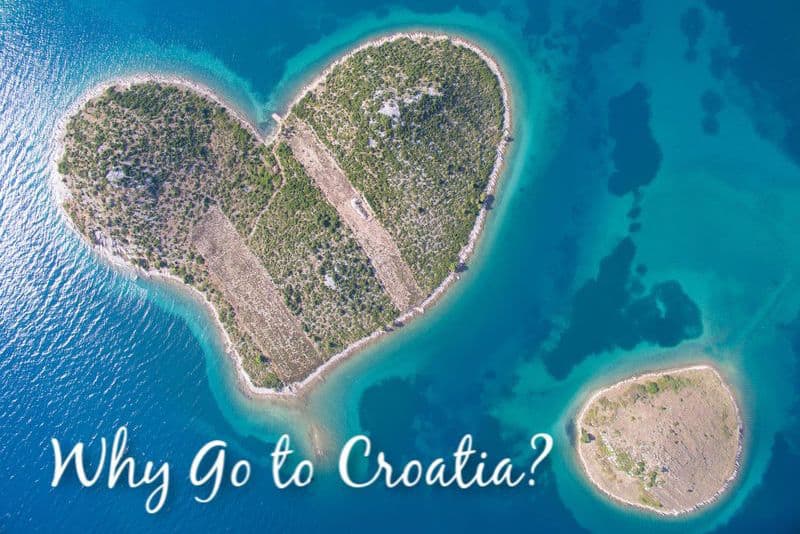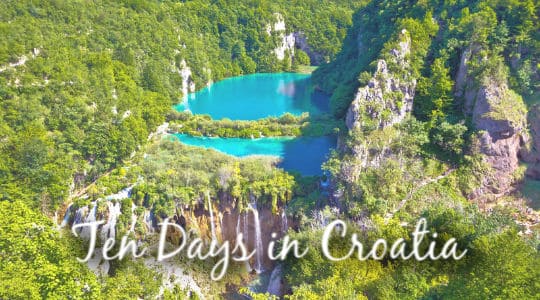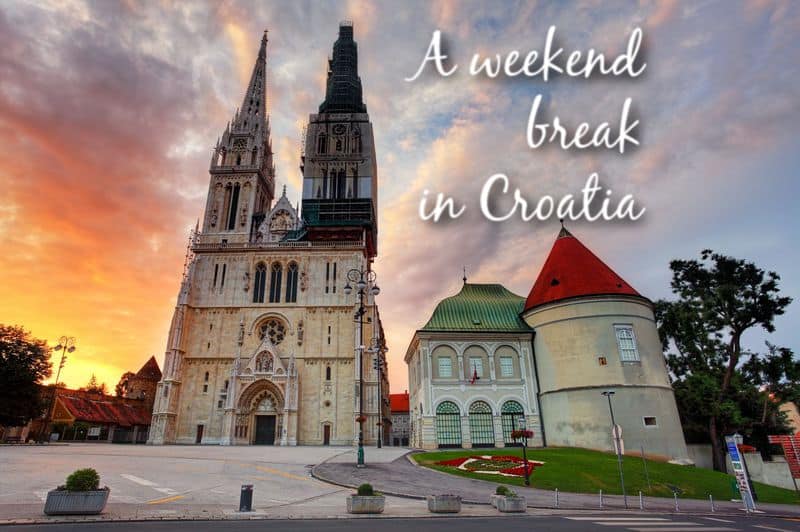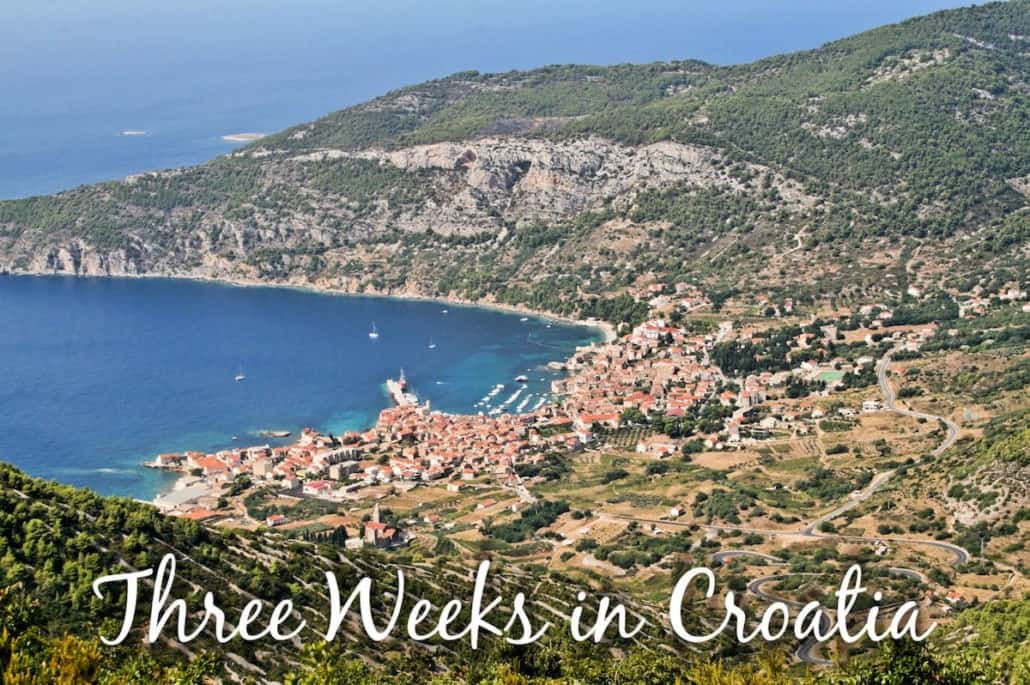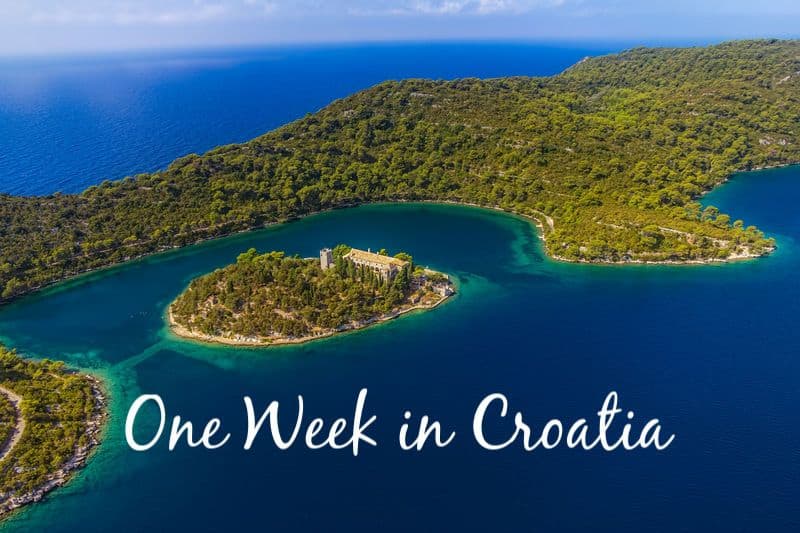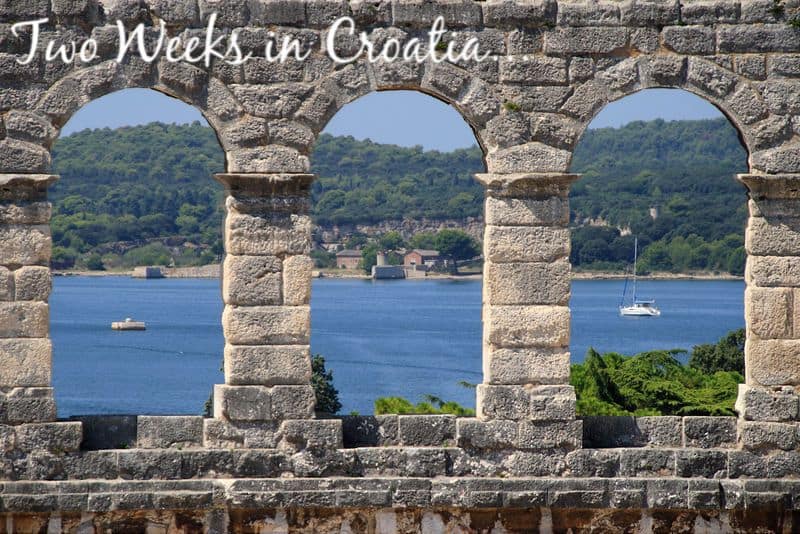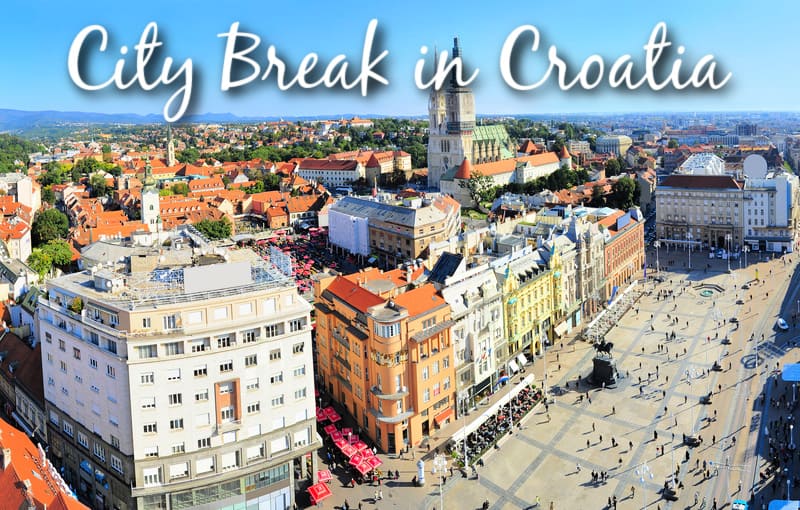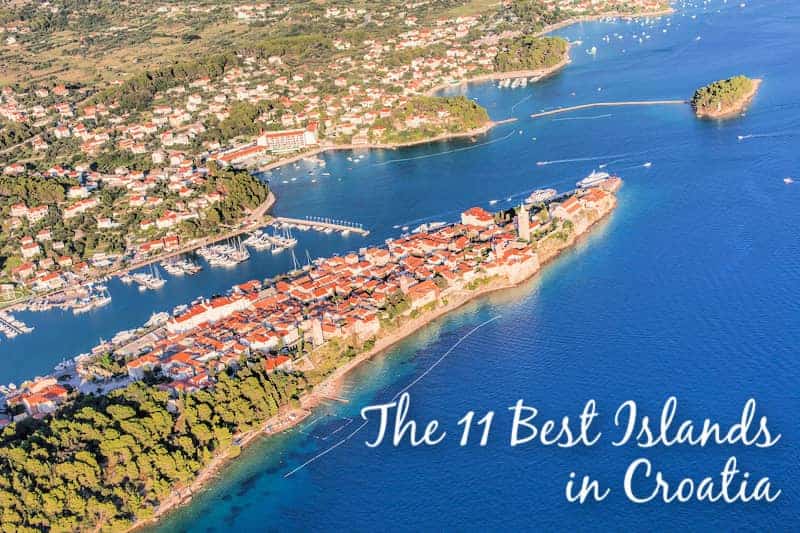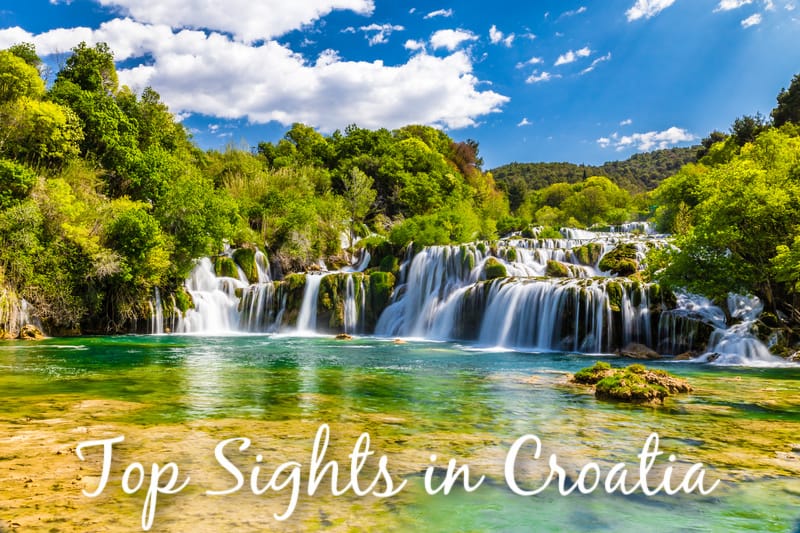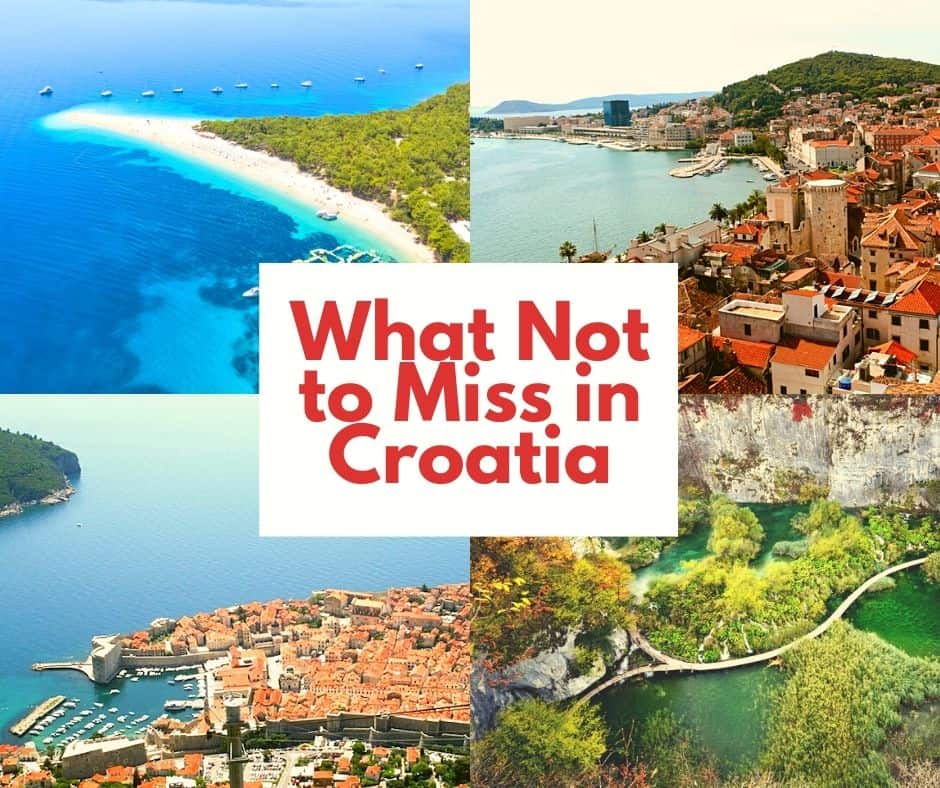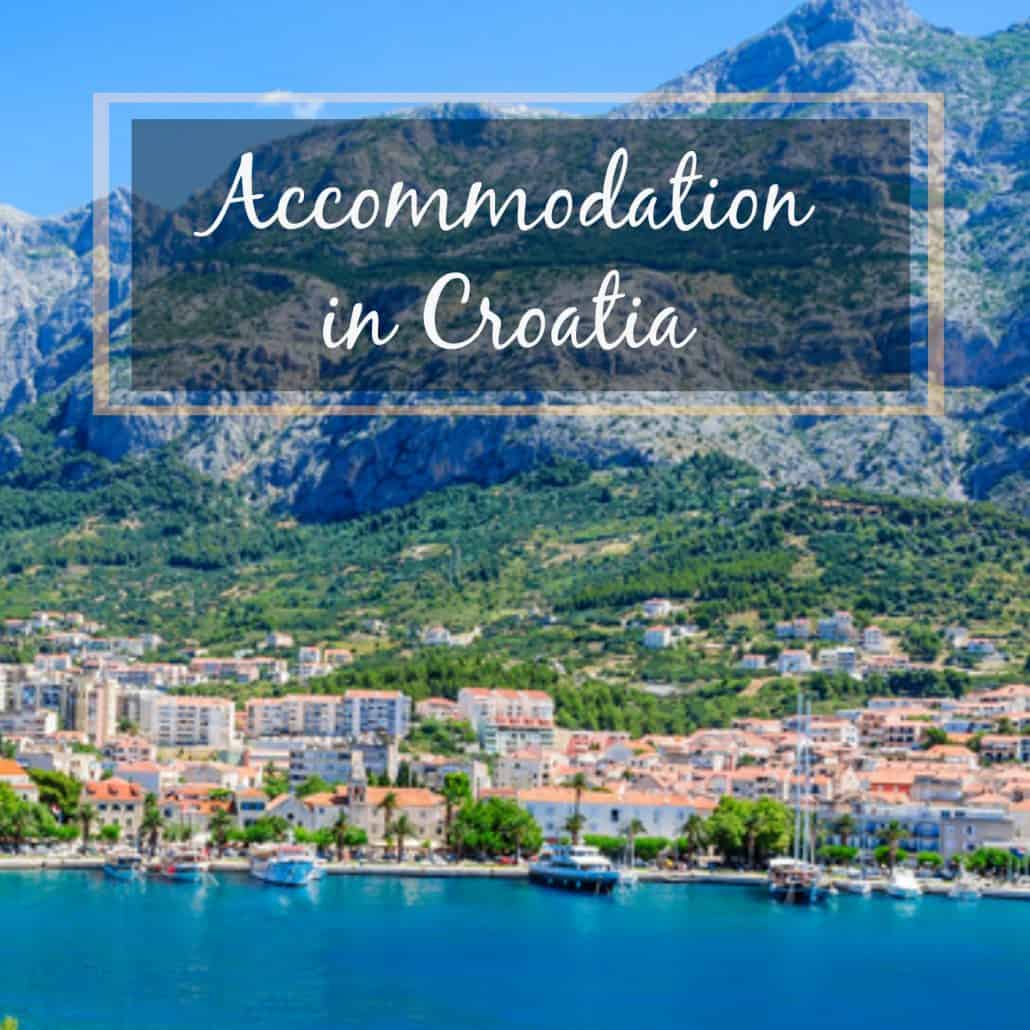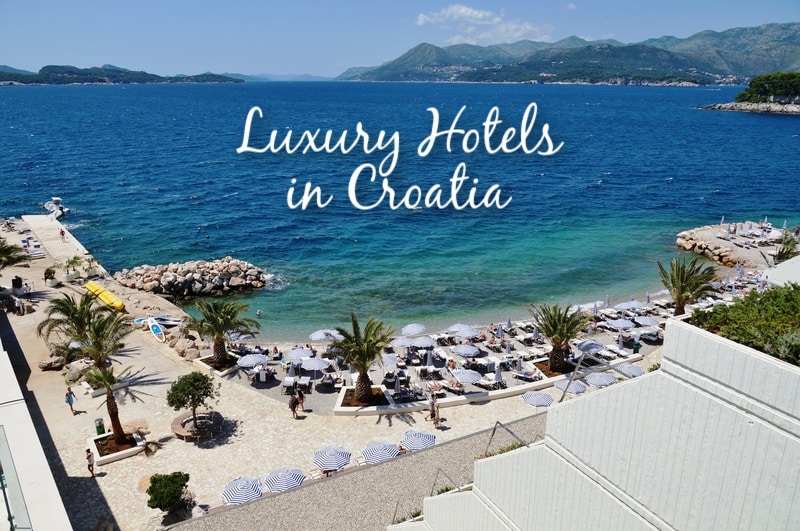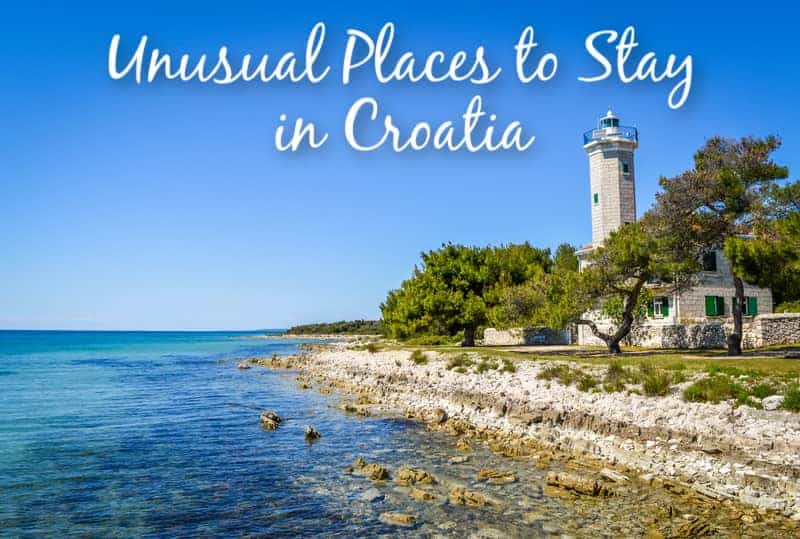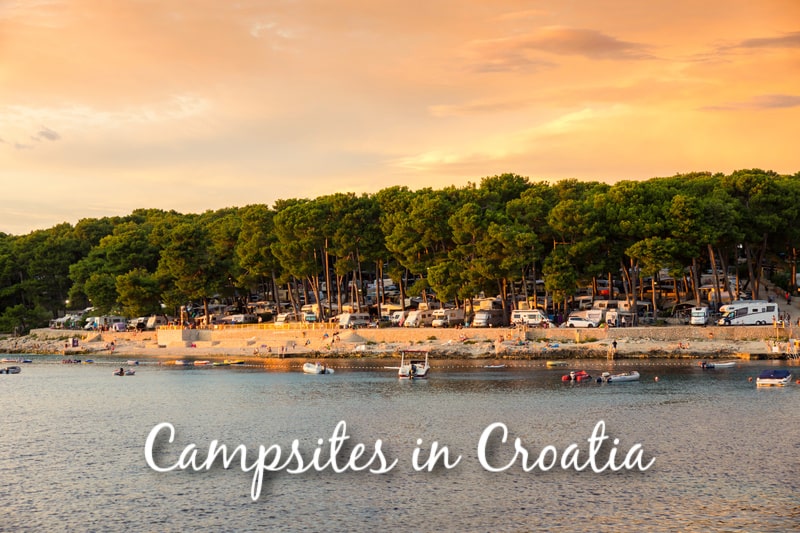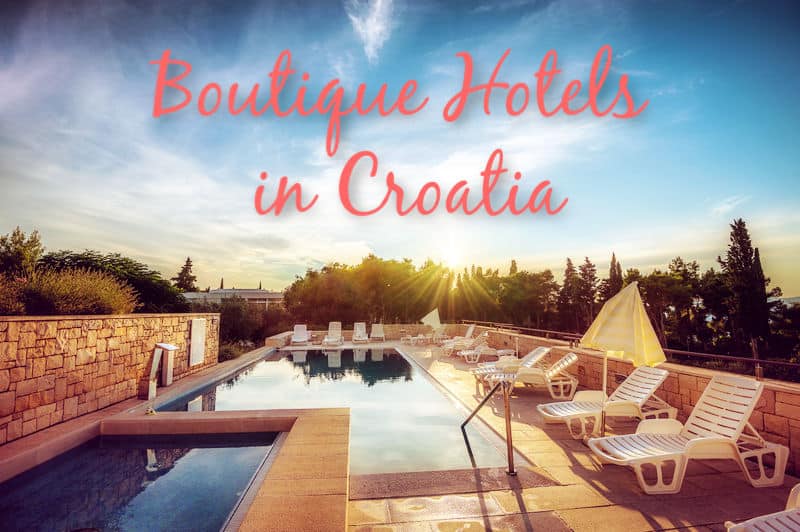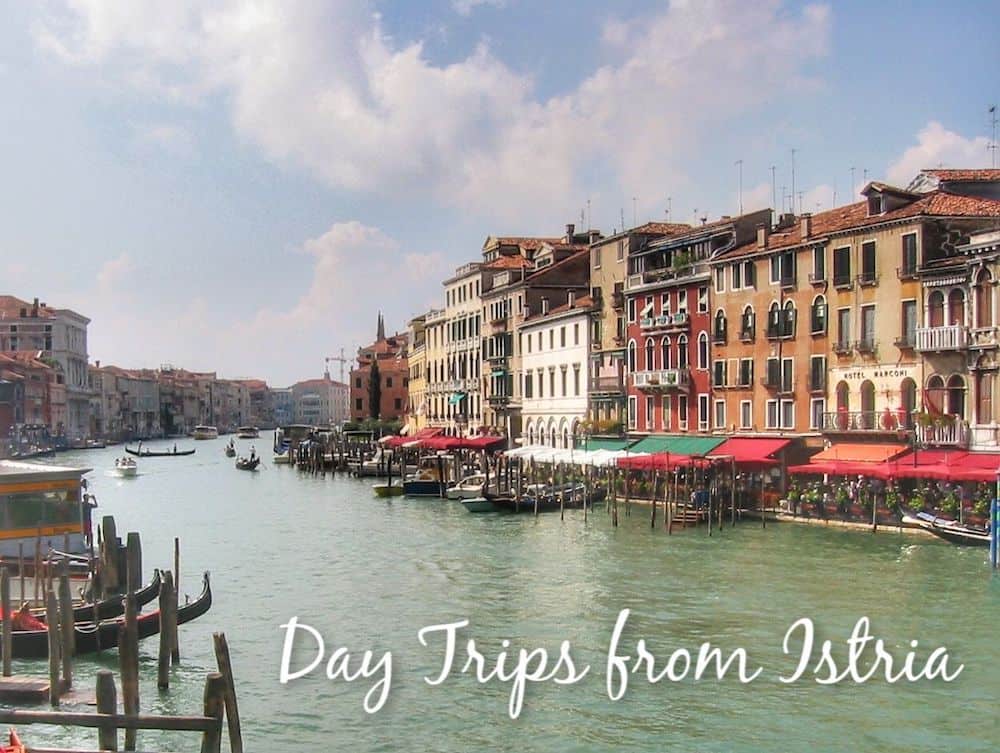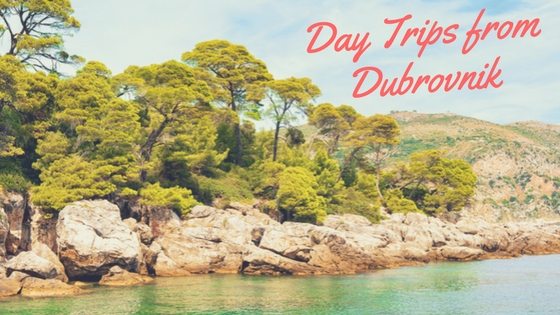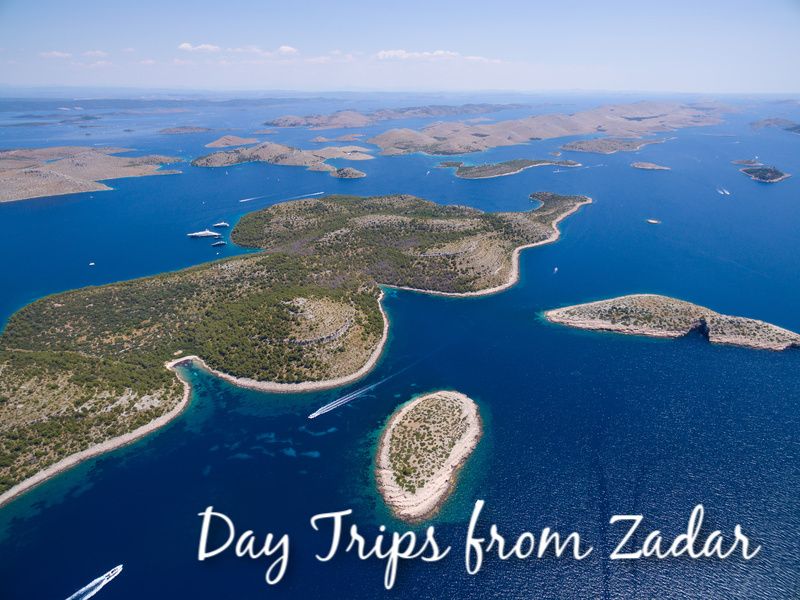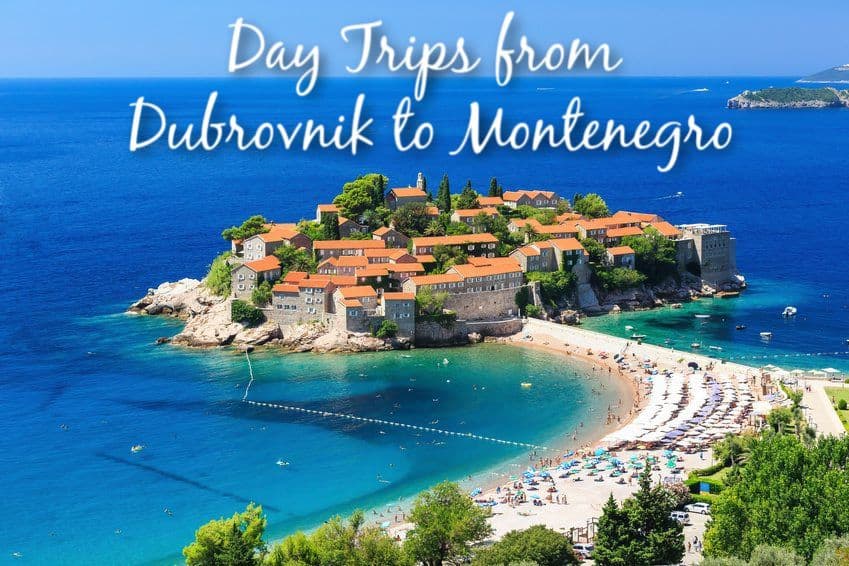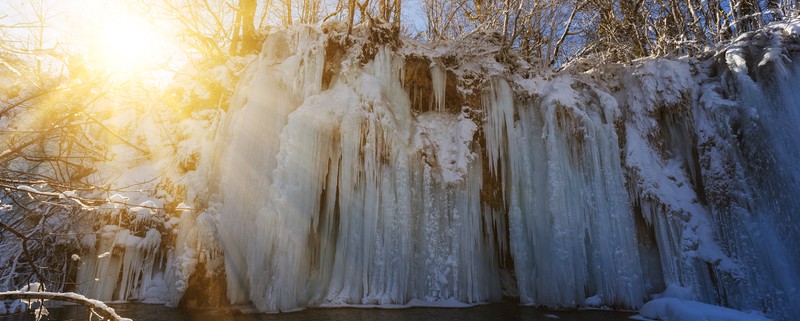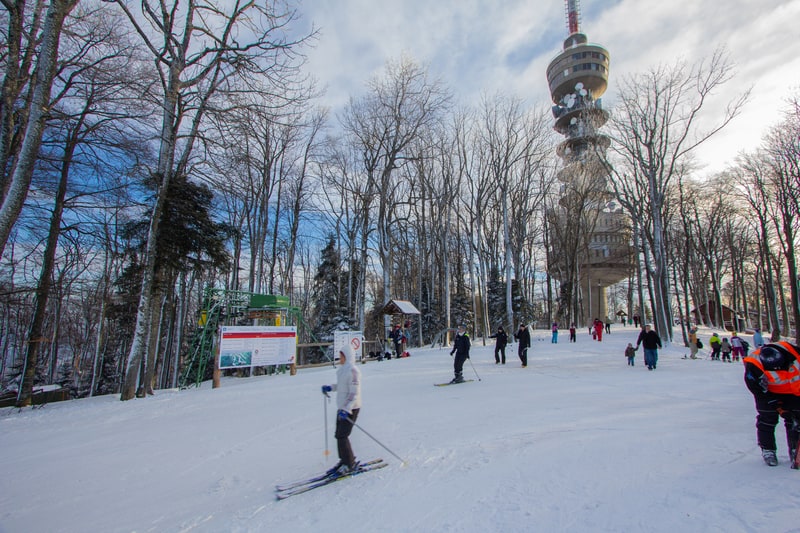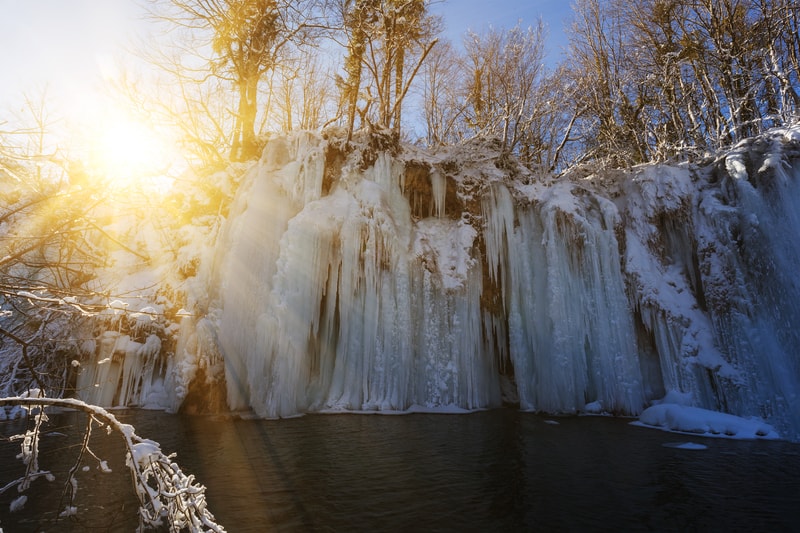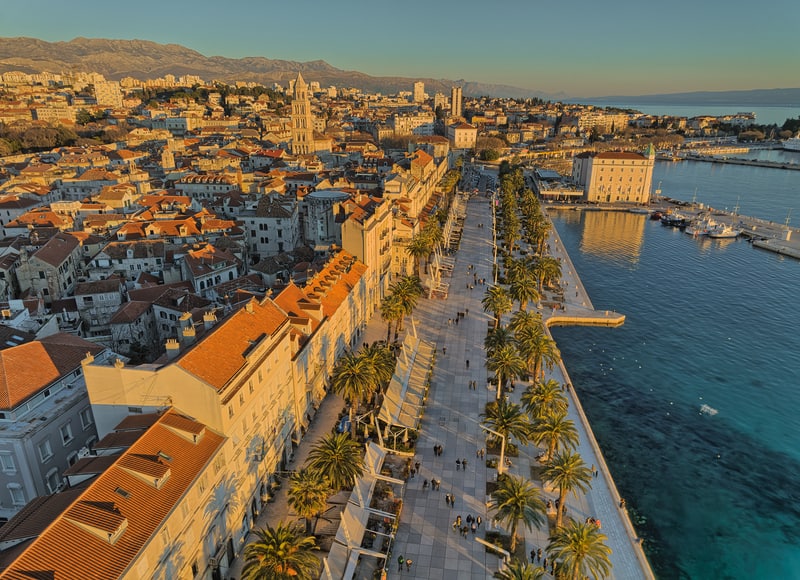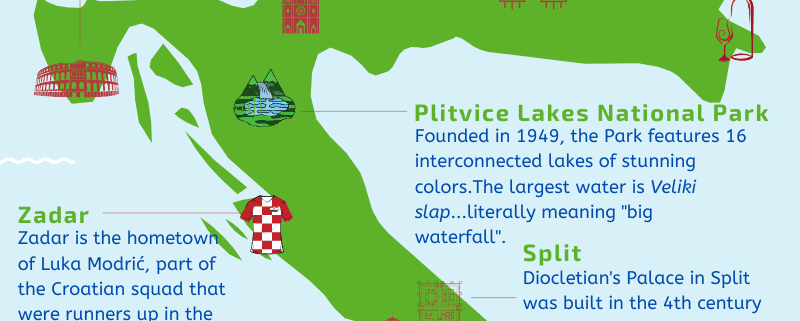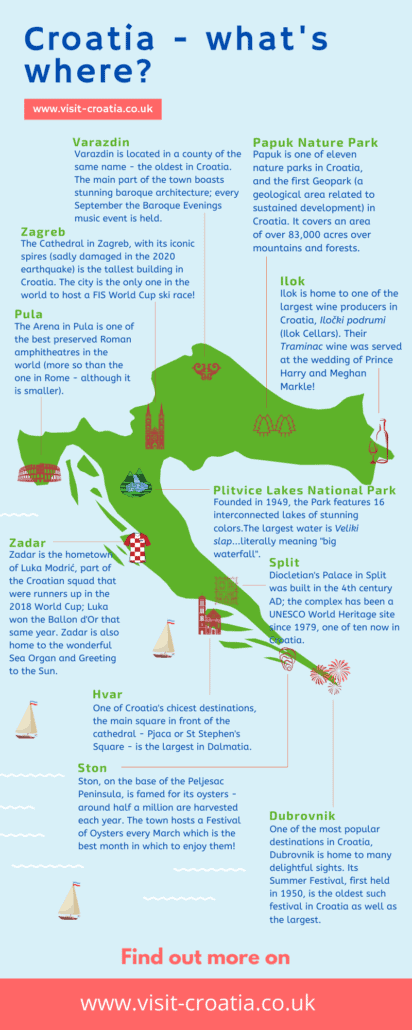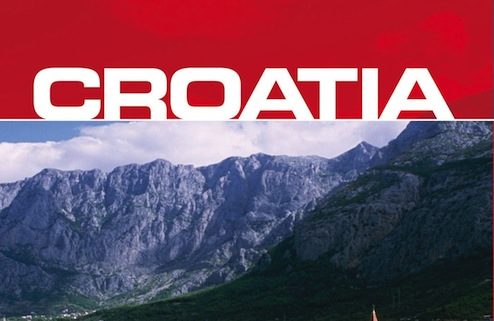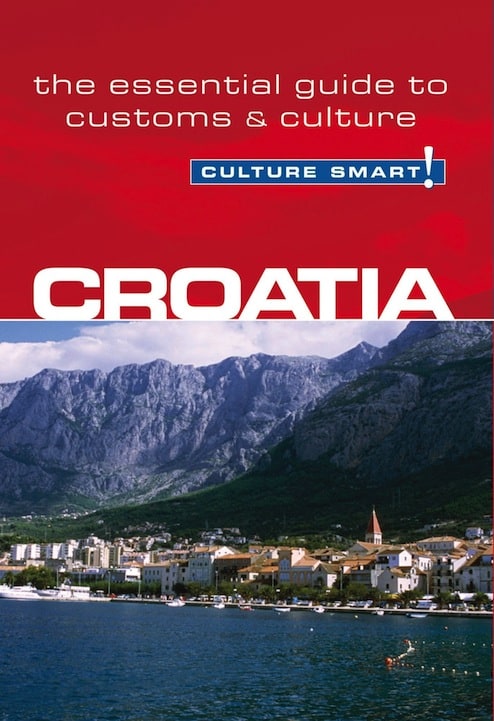Plan Your Perfect Holiday to Croatia 2024
If you’ve never taken the leap to holiday in Croatia but have decided that this year will be your year, this page is for you! Alternatively, perhaps you’ve been to Croatia a number of times before and would like to try something a little different this year or need a bit more guidance. Either way, let Visit Croatia help you plan your perfect holiday to Croatia 2024!
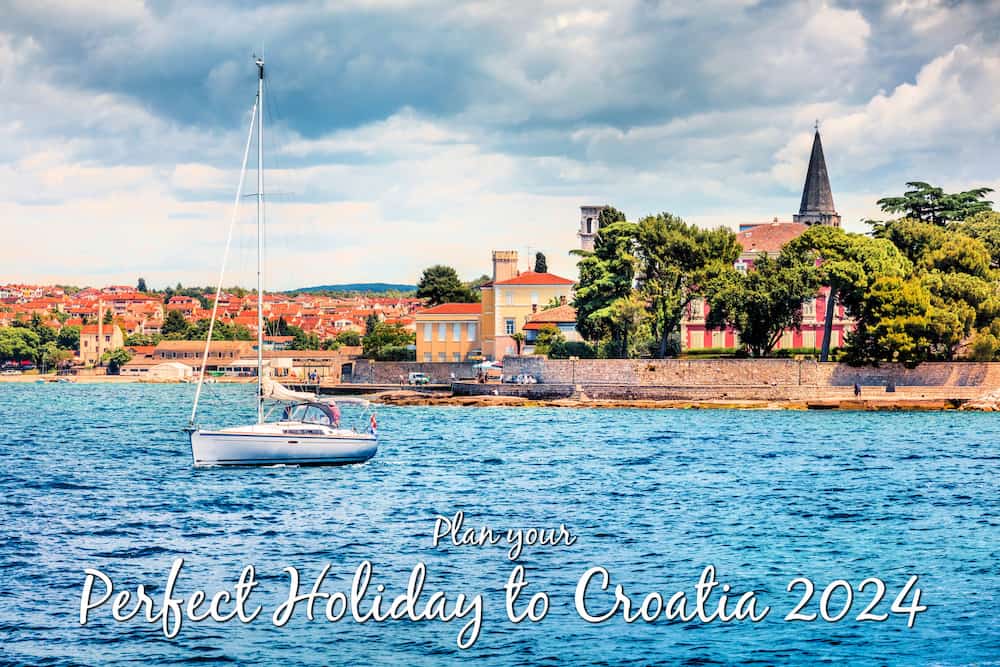
Step 1 – Decide when to go and how long for
Most people approach holiday planning by deciding when they’d like to go away – summer holidays for a week or two break? Half-term hols with the kids? A weekend city break in late Spring or early Autumn?
Think about when you’re able to take a holiday abroad, or perhaps need to if you’re constrained by school summer holidays. Then take a look at When to Go to Croatia page to see if it tallies up with your plans.
All in all, there’s no bad time of year to visit Croatia – but it really depends on your plans. You can’t sit by the Adriatic sipping a fruity cocktail in January whilst you won’t get peace and quiet on Dubrovnik’s pretty cobbled streets in August!
Perhaps you also need a little convincing to go to Croatia. (Erm…why?) If so, we set our Why you should go to Croatia as well.
You will need also to have in mind how long you wish to travel for. A week or two? (Or ten days?) A short break? The whole summer? Give it some consideration – and then look at our guides for itinerary advice.
Step 2 – Think about your budget
Of course, another major issue to keep in mind is your holiday budget. Are you going to blow the budget or keep it as low as possible? If it’s the latter, take a look at our How to do Croatia on a Budget for some cost-saving ideas. At the other end of the scale, our Luxury Hotels in Croatia page might tempt you into something very special indeed.
If you’re not sure, perhaps skip this step for now and do some further research – on flights and accommodation – to see what you can come up with and how much it will cost.
Step 3 – Decide where to go
“Oh, sure”, you’re thinking, “why are you getting me to do the difficult stuff?! Is that what Visit Croatia is for?!”
Well, yes! We absolutely can tell you where you should go on holiday in Croatia. How? Take a look at the following pages:
Step 4 – Book your flights (or get yourself a package deal)
Now that you’ve decided where in Croatia to go, you’ll need to…get there! Take a look at our Flights to Croatia from the UK & Ireland page to see which airlines fly where. We’ve got full timetable information of all scheduled flights to the country from (what’s now) a very wide range of UK and Irish airports.
As you will see, although there are some year-round flights to the country and some flights only operate from June to September, a very good number of flights fly from the end of March to the end of October.
If you’re not flying from the UK or Ireland, see our pages on U.S. to Croatia Flights and Flights from Asia to Croatia for details of flights from these regions.
Or simply check out our pages on Getting to Zagreb, Getting to Split, Getting to Dubrovnik, Getting to Istria, Getting to the Kvarner Riviera and Getting to North Dalmatia for information on flights to these places from all over Europe.
Alternatively, you might prefer to go for a package holiday to Croatia which includes flights and accommodation (and usually transfers) all as one deal. This sort of thing is just the thing if you’re after a particular type of holiday – one that’s good for kids, one that’s adults only, a holiday that’s super luxe, for example. We recommend Jet2Holidays (and no, we’re not being paid to say so) as a package holiday operator although other companies, such as TUI Holidays, are of course available.
Step 5 – Book your accommodation (or…get yourself a package deal)
Okay, so if you’ve got yourself a package deal then you’re sorted for accommodation!
If not, you’re best to head to one of the accommodation booking portal websites, such as Booking.com, to peruse what sort of things are available for your chosen destination.
Or take a look at our Accommodation in Croatia section which shows hotels, apartments, villas, campsites and more in all destinations in Croatia, large or small.
Step 6 – What day trips will you make?
Now, are you the kind of person who likes to alternate lazing by the pool with lazing by the beach when you’re on your holiday? Only pausing to chow down on a leisurely lunch, order another cocktail or perhaps a refreshing iced cocktail? Or will you be trying to cram in as much sightseeing and experiences as you can when you’re on holiday in Croatia?
If you’re the latter, it’s worth researching what day trips are possible from your destination. Take a look at some of our guides below. You’ll find that some day trips may be a short bus (or boat) hop up or down the coast whilst others may be whole-day affairs. You could even consider hopping over the border to Slovenia, Italy, Bosnia & Hercegovina or Montenegro – to which country obviously depends on where you’re staying!
If you’re a planner, you may even like to book some day trips before you go. This would be especially beneficial if you’d like to “timetable” your holiday days with specific activities set out for each day and then some days devoted to taking it easy.
Guided tours are available for all sorts of sights in Croatia, but you can also rely on public transport to make the trip yourself – for example, taking a 1-hour catamaran from Split to Hvar Town, or one of the small ferry boats from Dubrovnik to the Elafiti islands.
Alternatively, you absolutely can leave booking for day trips once you’re in Croatia. Just pop along to a local agency (many set up stalls in the main promenades in towns and cities during the summer) to see what’s available.
Do also take a look at GetYourGuide’s guide to some of the best-rated tours in Croatia:
Step 7 – Countdown to the big H – holiday!
Now that you’ve got everything sorted in terms of booking your flights, accommodation and day trips, mark it up on your calendar (or 21st-century version: in your smartphone) and start counting down the days to your holiday to Croatia 2024).
Then make sure to tell all your friends and family that you’re off to Croatia this year. No doubt they’ll say “ooh, wow, how nice” and some might even say “can I come?”. (We’ll leave it up to you to decide whether or not to say yes.)

